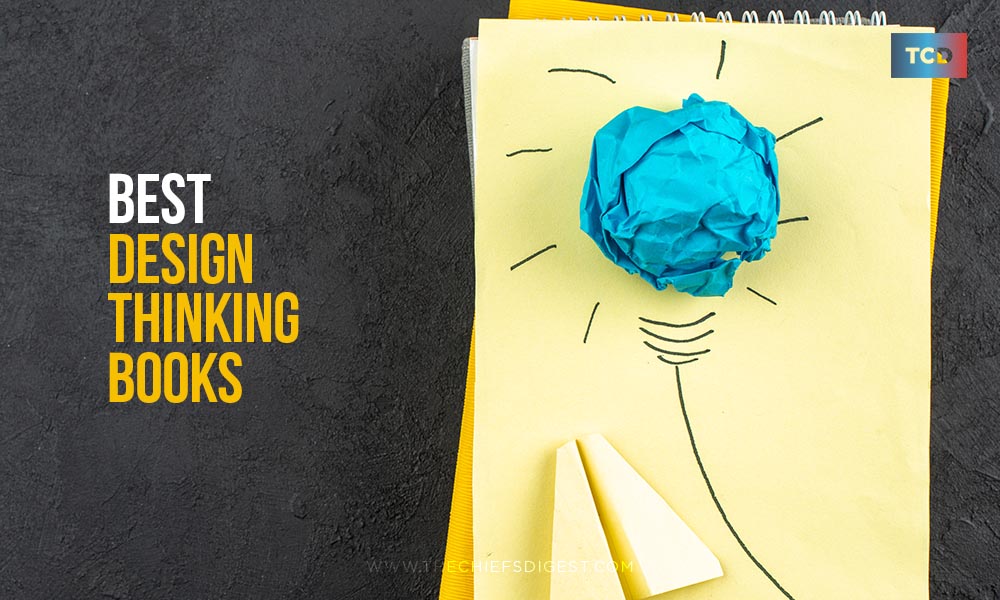Blockchain has become an important player in our world today. It is a digital ledger system with a number of functions including a public ledger, a trustless digital signature system, and an automated execution system. Nowhere is this more true than in the financial sector where blockchain technology is being used to process payments, track assets and manage contracts as well as provide transparency for financial transactions. Financial institutions have been using blockchain technology for over a year now to build better-integrating processes and reduce costs while streamlining processes. There is an emerging use case for blockchain technology that is specifically designed to make it easier for businesses to accept credit card payments. This can be done fraud-free with the addition of banking technology which can help businesses reduce operational costs while still giving them the ability to manage their cash flow and increase transparency while reducing risk.
What is a blockchain?
A blockchain is a computer record system that uses open-source software to record transactions across many decentralized computers. Each transaction is verified and recorded by the blockchain network and can be accessed by anyone with the necessary software. Blockchain technology can be used to record and verify all types of transactions, from financial transactions to medical records and more.
How Does Blockchain Technology Work?
Blockchain technology works by creating a high consensus digital ledger that records all events and transactions. This ledger is verified by a large number of computers and distributed across the internet and computer networks. By recording all of these events, the blockchain gives a unique “fingerprint” that can be verified by all the necessary parties. This ledger also contains information about transactions that are not recorded on the blockchain, such as the amount paid and the value of the transaction. This ledger is called the “blockchain” and is what makes blockchain technology different from other types of technology used for record-keeping.
Benefits of Blockchain Technology
Let us have a brief look at what are the various benefits of blockchain technology.
Benefits of Blockchain Technology include:
The ability to create a decentralized, trustless digital platform where all parties can verify and audit transactions, making them fast, easy, and transparent – Blockchain Technology makes it possible for each party to pay without the need for a central authority to control and manage the payment process.
Technology can be used to: Track assets such as property, contracts, and money – Be used to validate and verify payments across a network of computers- Be used to store data, like information content, such as financial data and contracts- Be used to create codes that are used to execute orders, like supply chain management and manufacturing codes – The blockchain can be used to store all of this data in an encrypted format that cannot be decrypted without the use of a key – The blockchain is distributed and distributed transaction, which means that it has the potential to scale up and out as a network with many computers participating in the network – The distributed nature of the blockchain means that it is distributed and scalable. It will grow as more parties join the network, making it possible for the blockchain to reach a much broader range of use cases and goals –
The blockchain can be used to store data, like information content, like financial data and contracts, that cannot be decrypted without the use of a key – Each transaction on the blockchain is verified and recorded by the network, making the blockchain immutable and serving as a public ledger that can be annotated and used for verification – The distributed nature of the blockchain means that it is distributed and scalable. It will grow as more parties join the network, making it possible for the blockchain to reach a much broader range of use cases and goals – The blockchain can be used to store data, like information content, like financial data and contracts, that cannot be decrypted without the use of a key.
Disadvantages of Blockchain Technology include:
The ability of the blockchain to scale up and out as a network with many computers participating in it- The distributed nature of the blockchain means that it is distributed and scalable. It will grow as more parties join the network, making it possible for the blockchain to reach a much broader range of use cases and goals – The inability for a party to query the state of another party’s ledger without being able to execute an order (like how a buyer and seller can’t check if the price of a product has been paid or if the purchase order has been filled) – The security of the sensitive data stored on the blockchain cannot be guaranteed without the use of strong encryption.
Conclusion
The advent of postal services (circa 400 A.D.) introduced a common intermediary in the collection, transport, and delivery of goods, and it inspired an evolution in commerce. The reliability and regulation of a system to move goods across great distances opened lucrative new markets to producers and distributors.
In the 1990s, a vast interconnected global network called “the internet” and a new application called “email” enabled global commerce and communications at a velocity previously thought to be impossible.
Today, the boundaries of commerce are once again being pushed and the role of this intermediary is changing given blockchain technology. As before, we will all be taking this ride together. But to understand where it is going, first we must recognize the two types of organizations driving the innovation.











